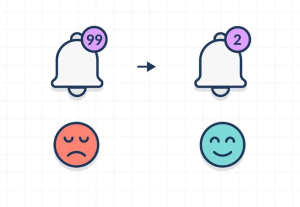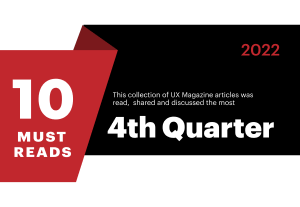- Conversational Design, Design, Design Theory, Information Design and Architecture, Interface and Navigation Design, Usability, UX Education, UX Magazine, Visual Design
Consistency is helpful as a tool for designing user-friendly experiences. Until it isn’t.
Article by Robert Stribley
The Tyranny of Consistency
The article critically examines the role of consistency in design. It argues for a nuanced approach that prioritizes clarity and user experience over strict adherence to consistency norms.
Share:The Tyranny of Consistency
Share this link
- November 30, 2023
5 min read







